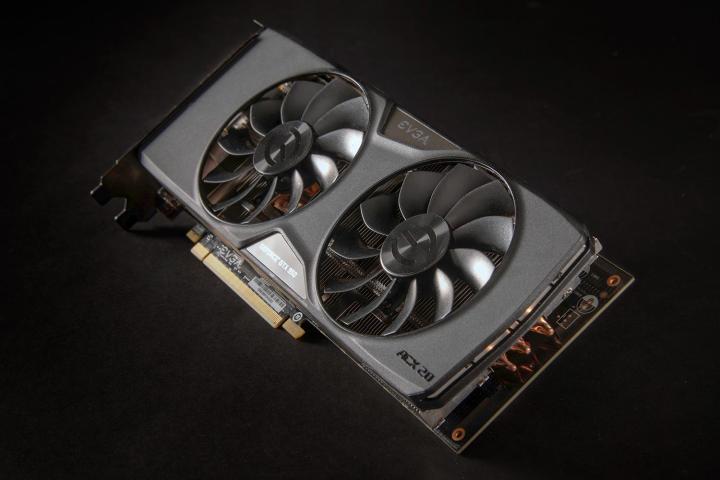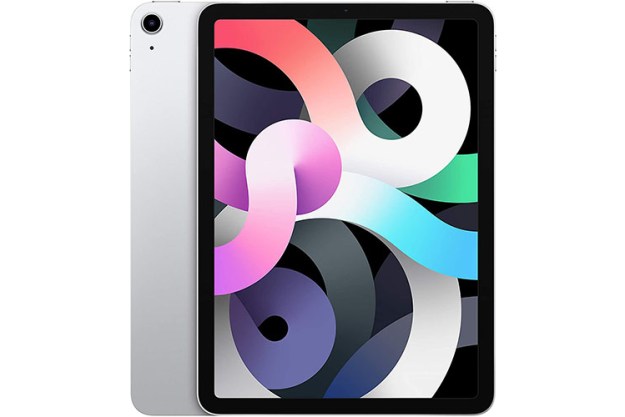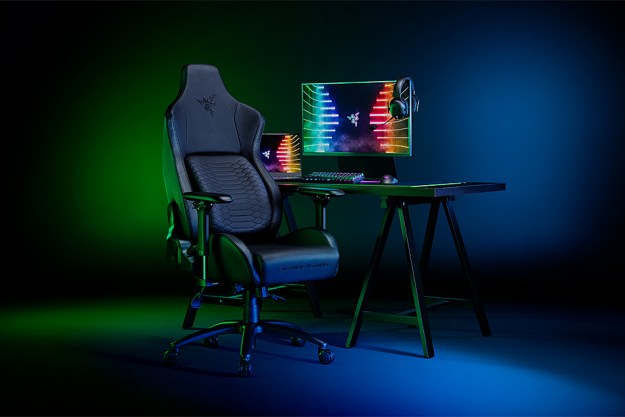
|
Part Number |
Base/Boost Clock |
6-pin Connector |
Display Output |
|
02G-P4-1958 |
1127 MHz/ 1317 MHz |
Yes |
Display Port, HDMI DVI-I, DVI-D |
|
02G-P4-1956 |
1127 MHz/ 1317 MHz |
Yes |
Display Port, HDMI DVI-I |
|
02G-P4-1954 |
1025 MHz/ 1190 MHz |
Yes |
Display Port, HDMI DVI-I, DVI-D |
|
02G-P4-1952 |
1025 MHz/ 1190 MHz |
Yes |
Display Port, HDMI DVI-I |
|
02G-P4-0958 |
1076 MHz/ 1253 MHz |
No |
Display Port, HDMI DVI-I, DVI-D |
|
02G-P4-0956 |
1076 MHz/ 1253 MHz |
No |
Display Port, HDMI DVI-I |
|
02G-P4-0954 |
1025 MHz/ 1190 MHz |
No |
Display Port, HDMI DVI-I, DVI-D |
|
02G-P4-0952 |
1025 MHz/ 1190 MHz |
No |
Display Port, HDMI DVI-I |
All eight of the new GTX 950 GPUs have 768 CUDA cores with 2GB of GDDR5 RAM, a 6,610MHz effective memory clock, and a lone ACX 2.0 cooling fan.
Keeping in mind that the hardware manufacturer recommends a power supply of at least 350 watts, the 6-pin-equipped versions have higher clock rates than those without. While the 6-pin versions of the GPUs max out at a 1,127MHz base clock speed, you can only expect up to 1,076MHz for those without the connectors.
Nevertheless, regardless of which EVGA-helmed GPU option you opt for, you’re bound to get the option of both regular and SC (Super Clocked) variants of the GPUs as well as an extra DVI-D port for some old-school video projecting.
EVGA is offering up quite the extensive menu of GTX 950 GPUs, and for budget hardware, they all seem — at the very least — modestly appetizing. It’s all just a matter of whether you’re willing to sacrifice a little clock frequency to avoid dealing with 6-pin connectors.
Editors' Recommendations
- Juicy report says EVGA had other reasons to stop making GPUs
- EVGA solves major gaming problem that was killing its RTX 3090 cards



